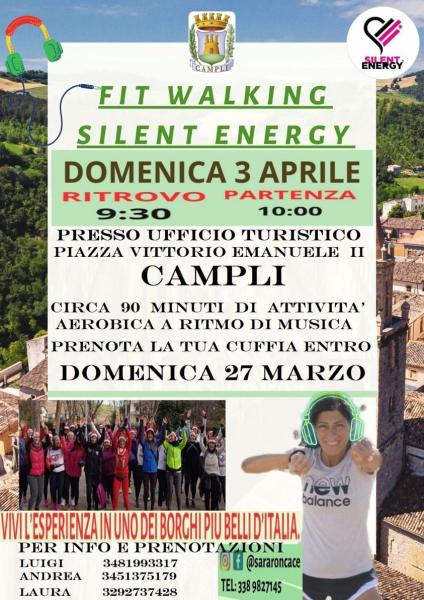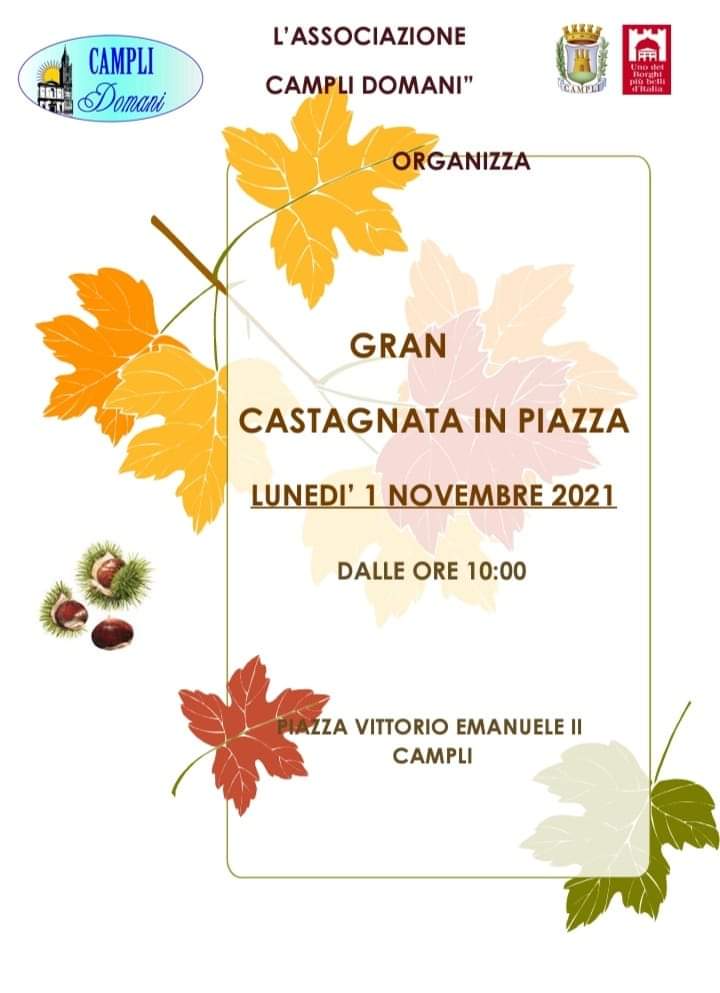Former Monastery of S. Maria degli Angeli
In 1538 the Benedictine female monastery of S. Maria degli Angeli was established in Campli. It was built in the premises belonging to the brotherhood of the same name, incorporating the houses, the church and the income. The historian Nicola Palma writes that the government of the convent was entrusted to the P. Prior of the Celestines of the Abbey of S. Onofrio and the founder was the fellow citizen Maria Francesca Maccabei, formerly a nun in S. Maria delle Vergini of Ascoli Piceno. The abbess took possession of it on 13 October 1539, although she did not enter the cloister before 1 June 1540. The Duchess of Campli, Margaret of Austria, through Mr. Curri, her treasury, obtained rich alms in the monastery. Margherita, during her visit to the Farnesian States in September 1542, went to the monastery. The bishop of Teramo, not liking the jurisdiction of the Celestines over the nuns, forbade them to recognize them as superiors, under penalty of censorship. The Benedictines appealed to the Holy See. The cause was won by the prelate from Aprutino in 1548, who sent the diocesan Vicar to Campli on 12 July of the same year to take possession of it. The brotherhood of S. Maria degli Angeli had to move to the Church of S. Benedetto. Palma himself reports that it was aggregated to the Archconfraternity of Charity in Rome in 1615. Due to a ditch into which the church threatened to sink, in 1645 the pious association moved to the temple of SS. Annunziata. Ruined this too, the brotherhood broke up. Until the middle of the seventeenth century the income from the convent was scarce. On the death of the wealthy Captain Sinibaldo Tosti, who passed away without having children by his wife Girolama Spitilli, he became the heir of the possessions of him D. Maria Maddalena, his sister and nun of S. Maria degli Angeli. The monastery escaped the suppression of 1811 because it housed fourteen professed religious. Today only the church is standing, deconsecrated and recently restored and transformed into an auditorium. Palma also gives news, in the past, of the existence of two Benedictine female monasteries in Campli.












